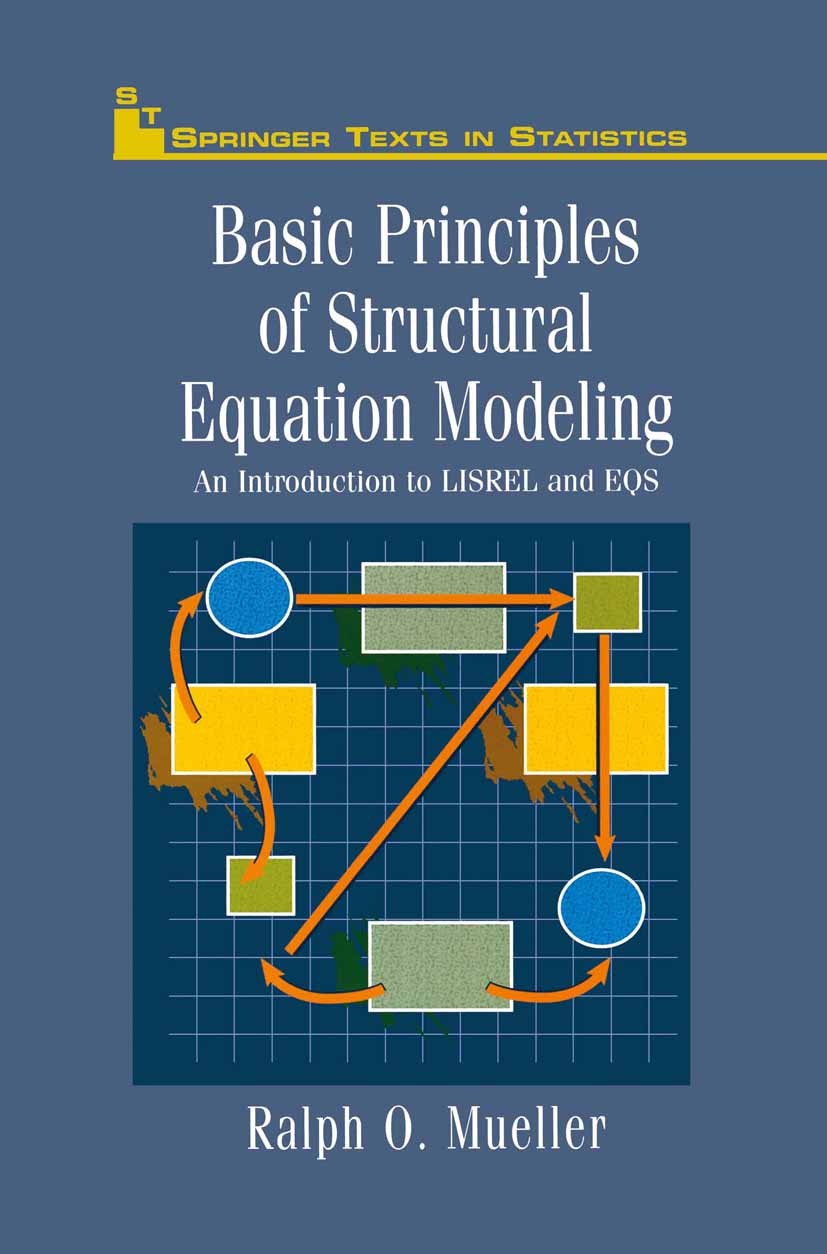| 期刊全称 | Basic Principles of Structural Equation Modeling | | 期刊简称 | An Introduction to L | | 影响因子2023 | Ralph O. Mueller | | 视频video | http://file.papertrans.cn/182/181110/181110.mp4 | | 学科分类 | Springer Texts in Statistics | | 图书封面 |  | | 影响因子 | During the last two decades, structural equation modeling (SEM) has emerged as a powerful multivariate data analysis tool in social science research settings, especially in the fields of sociology, psychology, and education. Although its roots can be traced back to the first half of this century, when Spearman (1904) developed factor analysis and Wright (1934) introduced path analysis, it was not until the 1970s that the works by Karl Joreskog and his associates (e. g. , Joreskog, 1977; Joreskog and Van Thillo, 1973) began to make general SEM techniques accessible to the social and behavioral science research communities. Today, with the development and increasing avail ability of SEM computer programs, SEM has become a well-established and respected data analysis method, incorporating many of the traditional analysis techniques as special cases. State-of-the-art SEM software packages such as LISREL (Joreskog and Sorbom, 1993a,b) and EQS (Bentler, 1993; Bentler and Wu, 1993) handle a variety of ordinary least squares regression designs as well as complex structural equation models involving variables with arbitrary distributions. Unfortunately, many students and researchers hesita | | Pindex | Textbook 1996 |
The information of publication is updating

|
|
 |Archiver|手机版|小黑屋|
派博传思国际
( 京公网安备110108008328)
GMT+8, 2025-11-13 01:59
|Archiver|手机版|小黑屋|
派博传思国际
( 京公网安备110108008328)
GMT+8, 2025-11-13 01:59


